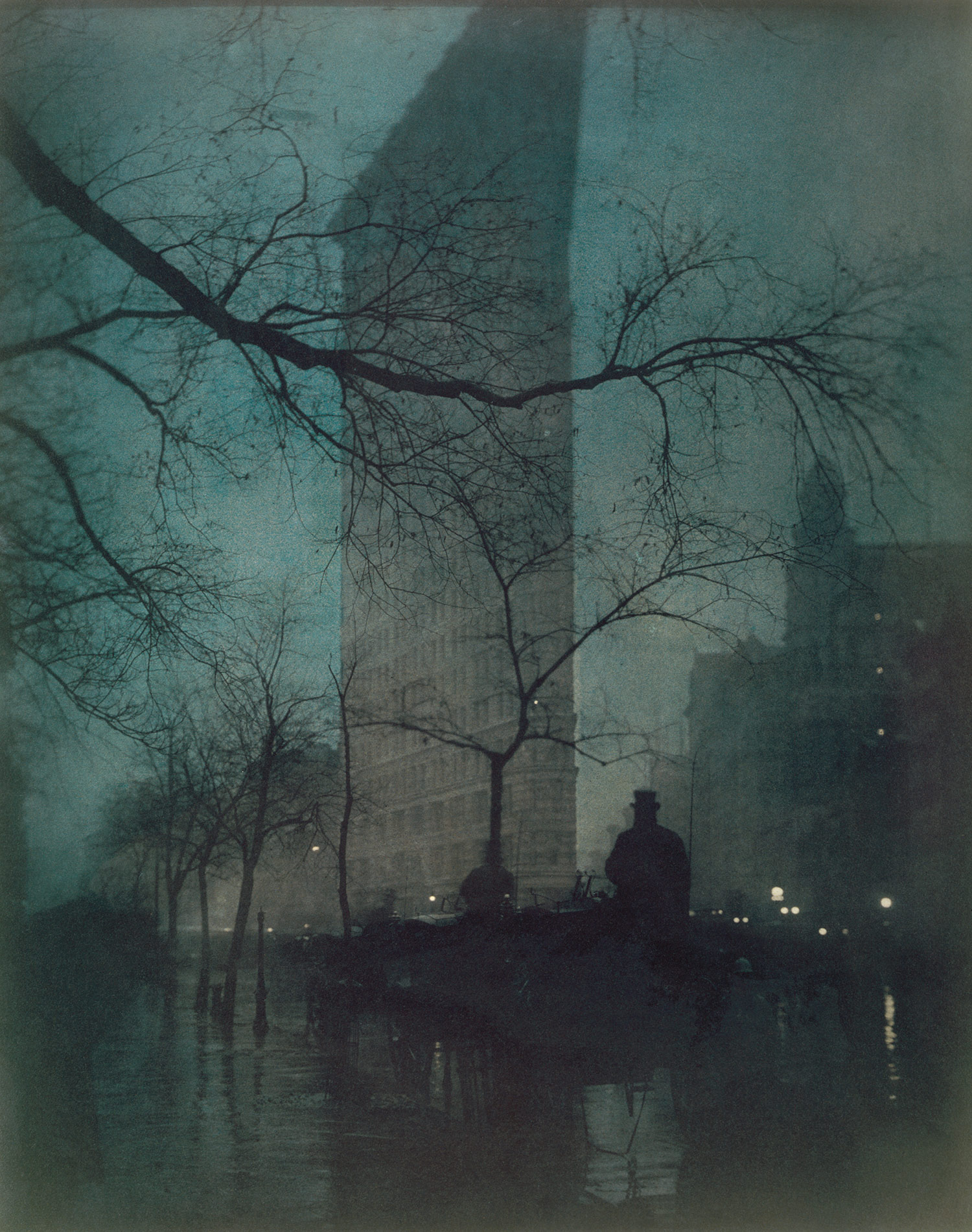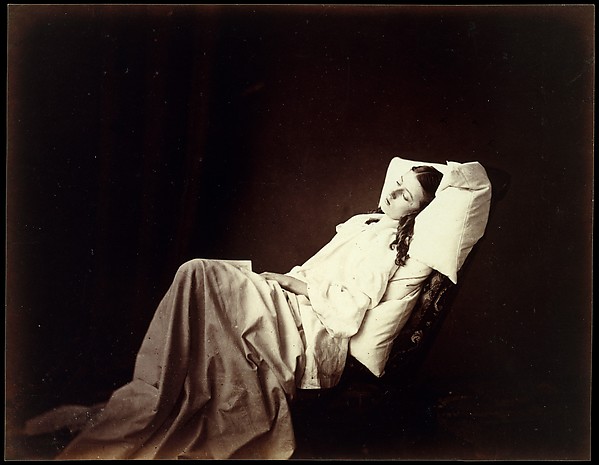I've always liked and appreciated photography as a modern art form, but I never imagined early photographers could actually do the effects and compositions that we can look at in pictorialist photographs.
- Pictorialism in Britain
The two remarkable photographers of British pictorialism were Henry Peach Robinson and Peter Henry Emerson. Both artists' work impressed me; their photographs look almost like some painting sketches or some really detailed oil paintings. I liked these guys so much that I search more of their work and these are some of my favourites that I found.
 |
| Emerson's |
- Pictorialism in France
In France, we can found another pair of great photographers: Constant Puyo and Robert Demachy. Both of them are marvellous in their style, but as Puyo's photographs portray more magical or Disney-like scenes (by the way, 'Montmartre' features some really nice effects in the background), Demachy's 'Struggle' is just out of the common idea we have of photography at that time, it really looks like an actual black and white oil painting! If I had to choose one photographer, I wouldn't know which one to pick.
 |
| Demachy's |
- Pictorialism in America
America had a bunch of pictorialist photographers, but I think that the most remarkable ones were Alfred Stieglitz, Edward Steichen and Gertrude Kasebier.
Stieglitz photographs portray pretty much common scenes in old, ugly, and contaminated cities, but the scenes still look quite romantic, sensitive and beautiful. I think that Stieglitz's photographs could be used as decoration in some novels of the Romanticism.
 |
| Stieglitz's 'A snapshot: Paris', my favourite |
 |
| Steichen's 'A Flatiron Building' By the way, are those blues? How could he even get that effects at that time?! |
Kasebier's photgraphs seem to feature some effects that we could use now to manipulate images on PowerPoint or Word, and it seems to me quite amazing that she could obtain those effects at that time and make great work out of it.
Finally, here are some other American photographs I enjoyed a lot:
 |
| White's 'Raindrops' |
 |
| Coburn's 'Spiderwebs' |



These photographers are extremely interesting and varied. I had a professor in my American Studies program at Yale who a photography history specialist, so I learned a lot about this. You found some great additional examples!
ReplyDeleteThe earliest experimental color photographs date from the 1850s, surprisingly early. I'm not sure if those are blues in the Steichen or just grays, but color found in most photographs of that era was the result of hand-tinting, a common technique. It was used in silent films, too. Either separate colors applied in separate areas, or a wash over the whole image.
Sepia toning, another technique, is a chemical process used to make black-and-white photographs warmer and slightly brown.